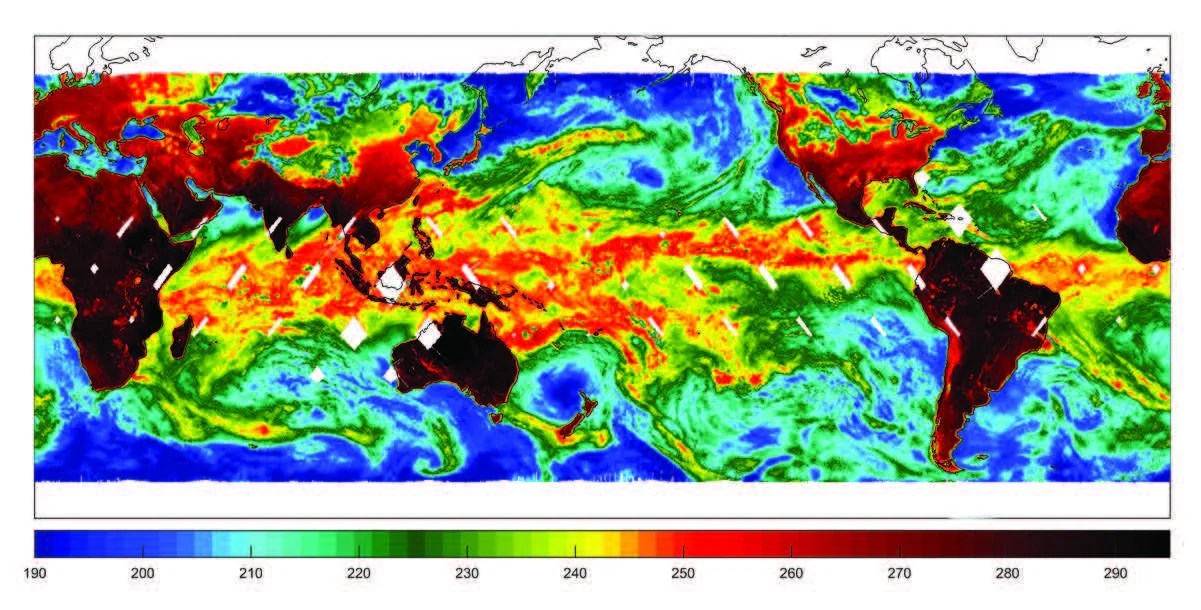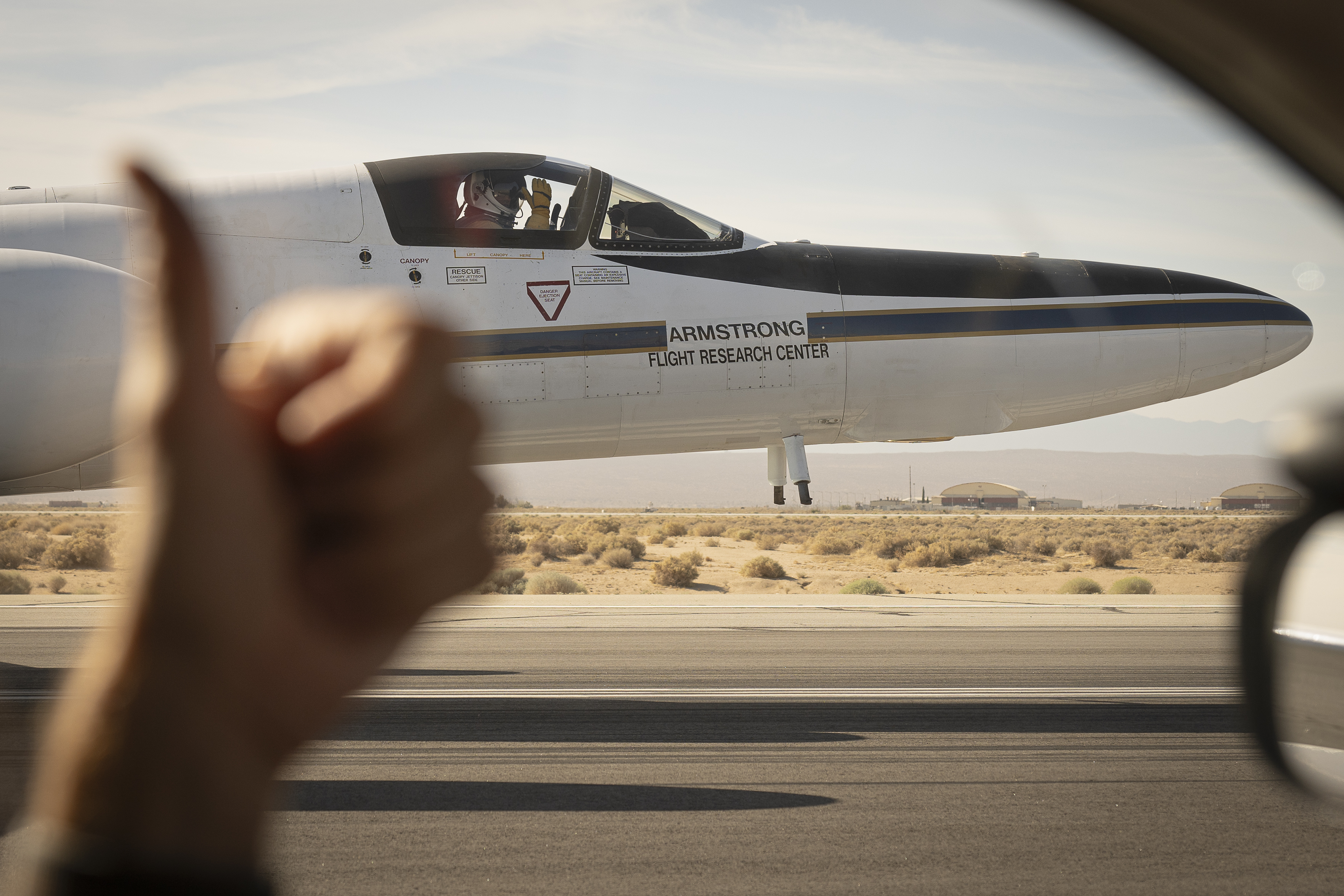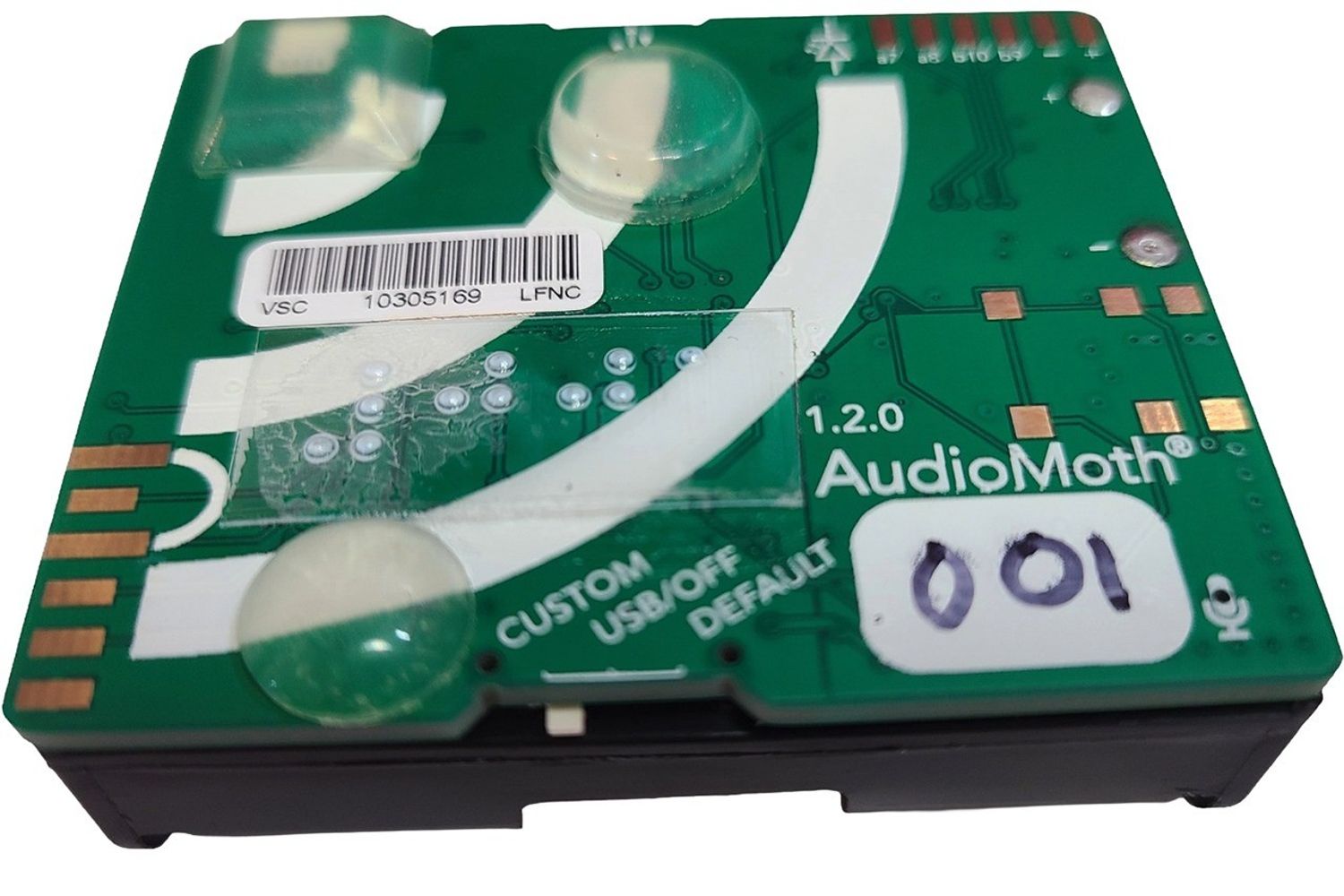This blog post originated in the 2018 Science Mission Directorate Science and Technology Report.
PROJECT
Temporal Experiment for Storms and Tropical Systems Demonstration (TEMPEST-D)
KEY POINTS
The TEMPEST-D CubeSat demonstrated low-cost, lowrisk, millimeter wave radiometer technology that will enable constellations of small satellites to provide the first temporal observations of cloud and precipitation processes on a global scale.

Imaging microwave radiometers on large government satellites have been providing critical weather data for over 40 years. The NASA Earth Science Division’s InVEST Program has demonstrated a new radiometer that fits on a CubeSat, providing direct evidence that this miniaturized sensor technology can provide observations with the same high quality as those obtained from larger, heritage instruments on operational weather satellites.
This low-cost technology opens the door to development of a fleet of CubeSats that can provide nearly continuous monitoring of Earth’s weather, including severe storms and hurricanes. PI Steven Reising stated, “With a train of TEMPEST CubeSats, we will be able to take time samples every three to five minutes to see how a storm develops.” The technology also enables exciting new scientific investigations of rapidly developing atmospheric processes leading to severe weather affecting life and property through high winds, hail, lightning, and flash floods.
“With a train of TEMPEST CubeSats, we will be able to take time samples every three to five minutes to see how a storm develops.” - PI, Dr. Steven Reising
The Temporal Experiment for Storms and Tropical Systems Demonstration (TEMPEST-D) CubeSat has demonstrated a new five-frequency, millimeter-wave (87, 164, 174, 178 and 181 GHz) imaging radiometer to observe the temporal evolution of clouds and precipitation processes. TEMPEST-D took some of its first data over Hurricane Florence on September 11, 2018, and has been continuously imaging the interior of clouds and precipitation ever since.
While TEMPEST-D is significantly smaller than prior microwave weather sensors, it does not sacrifice data quality. Its success results from the original science mission that inspired the design of the TEMPEST sensor. Resolving small changes in developing storms requires the sensor to use the same high-quality calibration sources found in the much larger operational sensors, albeit engineered to fit both the sensor and the calibration sources into a small volume.
TEMPEST-D is not only demonstrating that high-quality observations of clouds, precipitation, and humidity can come from a satellite the size of a cereal box, it is also proving that new radiometer component technologies can function well in low Earth orbit. The radiometer receivers use state-of-the-art indium phosphide (InP) high-electron-mobility transistor (HEMT) low-noise amplifiers for the first time in low-power receivers for Earth science. This new technology makes the TEMPEST-D radiometer the lowest-noise sensor currently in Earth orbit at these operating frequencies.
The TEMPEST-D mission was initiated as a partnership among Colorado State University (CSU, lead institution and validation), NASA/Caltech Jet Propulsion Laboratory (instrument and calibration) and Blue Canyon Technologies (spacecraft and mission operations). The TEMPEST-D satellite was launched on May 21, 2018 on Orbital ATK’s commercial resupply mission to the ISS and successfully deployed from the ISS on July 13, 2018, from an initial orbit with 400-km altitude and 51.6° inclination.

The high quality of TEMPEST-D data was demonstrated by comparing TEMPEST-D observations with those from four sensors (operated by NASA, NOAA, and the European Organisation for the Exploitation of Meteorological Satellites) that are widely used in the atmospheric science and weather forecasting communities. CSU scientists compared TEMPEST-D data acquired between October and December 2018 with data from the reference sensors, which are also in low-Earth orbit. This process demonstrated that TEMPEST-D data quality is indistinguishable from that of the data provided by these well-established radiometers, even though the TEMPEST-D CubeSat is a fraction of the size and costs significantly less.
SPONSORING ORGANIZATIONS
Earth Science Division’s InVEST Program
PROJECT LEAD
Dr. Steven C. Reising, Colorado State University
































